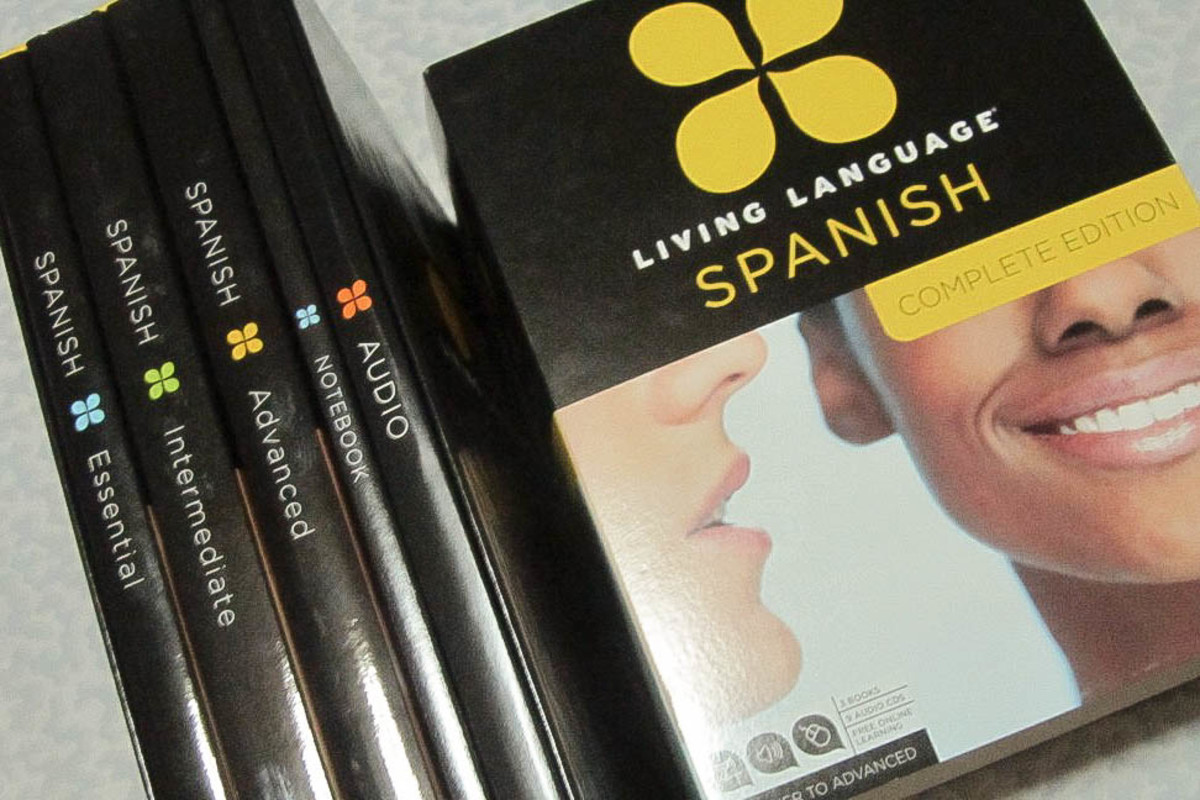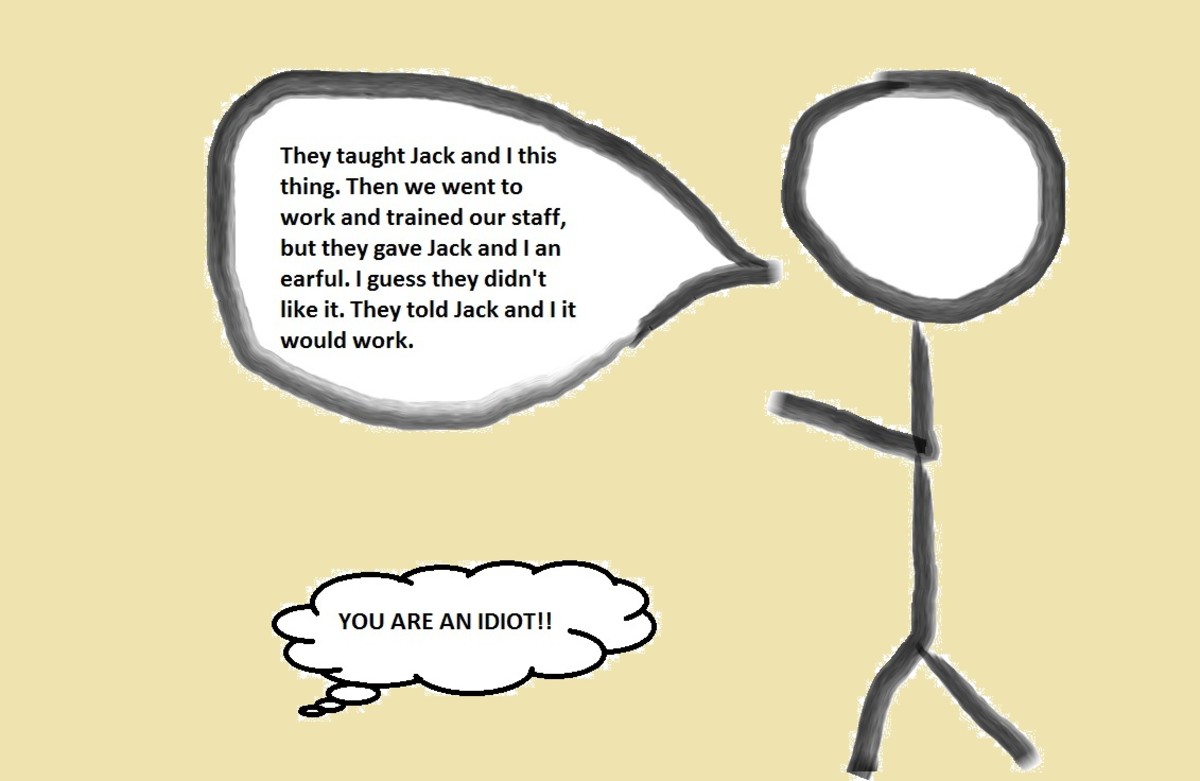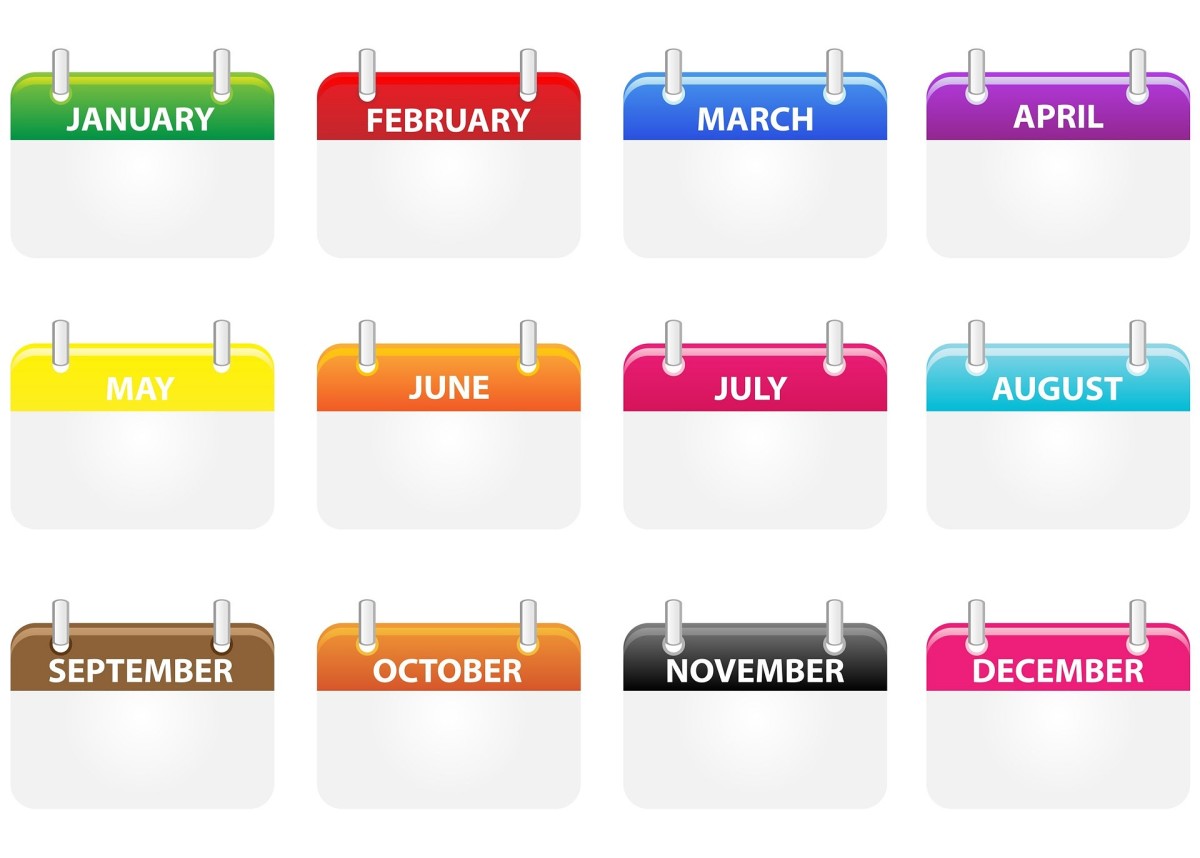Spanish Grammar: How to say "you" in Spanish
So you are learning Spanish, you want to be able to communicate with the Spanish-speaking community. You want to be able to address Spanish-speaking people directly, ask them questions about themselves, tell them about yourself, ask them to help you, ask them to bring you items you need, ask the what they would like, talk to them about themselves, their family, their likes and dislikes…..in short, to communicate DIRECTLY with with them. This is probably why you are learning Spanish. You will not get very far without the “YOU”.

This is an explanation of how to translate the word/concept “YOU” in Spanish. Throughout the many years I have been teaching the Spanish language to native English speakers, I have always been challenged giving them a clear and concise understanding of the difference between an English “you” and a Spanish “you”. In answer to the question of the title of this article “How do you say “you” in Spanish”, hold onto your hat….You may not be prepared for this lengthy answer!
The issue is that there are actually four different words for “you” in Spanish and it is very often down to a matter of politeness, respect or simply age as to which “you” should be used.
The words for “you” in Spanish are: Tú, Vosotros, Usted or Ustedes. In the written word, these are often abbreviated to Vd. or Vds. or Uds. but continue being pronounced as written above.
WHAT IS SHE SAYING TO HIM? Leave a comment below with a better caption!

1. WHEN "YOU" = TÚ
- addressing your child or any other child.
- addressing another family member.
This is going to be the direct conversation you will have with a child, a close friend or a family member.
2. WHEN "YOU" = "VOSOTROS or VOSOTRAS
- addressing to two or more children.
- addressing two or more close family members or two or more children.
This is the context of speaking to a group of family members, friends or a groupof children Eg; a teacher to a clasroom of children, or a mum speaking to all the members of her family.
3. WHEN "YOU" = USTED
- addressing a person you do not know
- addressing someone you are meeting for the first time
- addressing a person you know but who is much older than yourself and you want to show politeness and respect.
This is in a formal situation, eg; in a bank, at the doctor's surgery, in hotels, restaurants, etc. use this form when you are addressing only ONE person
4. WHEN "YOU" = USTEDES
- addressing two or more people you do not know.
- addressing two or more people you are meeting for the first time
- addressing people you don’t know you know but who are much older than yourself and you want them to show politeness and respect.
This is the same as the above situation, but when addressing more than one person.
SUMMARY
There are four different choices to make when you speak directly with a person or a group of people in Spanish. The first and most important step is to ascertain the context and the register you need to use. You have you got a pen in Spanish would be:
What could they be talking about?

MAKE A SENTENCE
If you have managed to get this far, you are doing very well! Now, LET'S SEE HOW THIS WORKS IN PRACTICE. The cruel reality is that, based on what I have described above, there are FOUR ways to say : "You have you got a pen" in Spanish! You now must realise that this all depends on context; ie; WHO you are addressing and in WHATsituation.
With reference to the four contexts described above:
Context 1: You have some pens = Tú tienes unos bolígrafos.
Context 2: You have some pens = Vosotros tenéis unos bolígrafos.
Context 3: You have some pens = Usted tiene unos bolígrafos.
(Abbreviated in writing only to Vd. or Ud.
Context 4: You have some pens = Ustedes tienen unos bolígrafos.
(Abbreviated in writing only to Vds. or Udes.)
NOW YOU KNOW HOW IT WORKS, SCROLL DOWN TO THE TEST BELOW AND SEE IF YOU HAVE GOT IT!
His highness, Carlos VIII

Your Highness!
The origins of language are diverse. It is fascinating to delve into the history of words and why we use them. The origin of 'Usted' is very interestinghaving its roots in early Castilian Spanish. Although there has been much research into the etymological origins of the word, the most accepted version of the root of the word 'Usted' is that it is a contraction -or a condensing - of the two words ‘Vuestra Merced’, (‘Your Mercifulness’), similar perhaps to “Your Highness” or “Your Holiness” or “Your Honour” in English, which were used in the past centuries in extremely formal contexts.
ABBREVIATIONS
The written abbreviation of “Usted” is rendered by ‘Vd.’ (from ‘Vuestra Merced’ or Ud. As often ‘V’ and ‘U’ was confused or interchangeable in the Middle Ages. Similarly, the abbreviation of the plural form- Ustedes- is rendered Vds. ( from Vuestras Mercedes) or Uds. for the same reason.
GET IT RIGHT!
It is very useful for a student of Spanish to understand the significance of the distinguishing between these words, when addressing anyone directly in Spanish.
Take the test:
Which word for “YOU” would you choose when you are directly addressing someone in Spanish. Test your language skills by doing the quiz below.
Please help
I have tried to make the "you" dilemma as clear as possible for students of Spanish and I hope this has helped. Please let me know if you found this article useful, or how I could improve on it.
Help me to improve on my teaching by letting me know about your experiences.
HIGHLY RECOMMENDED
Choose the correct word for "you" in the context given below
view quiz statisticsBarron's Spanish Grammar
I have been using "Barron's foreign Language Guide " for teaching Spanish for several years now. I always recommend it to my students because it's a very 'visual' guide. The page lay-out is attractive and easy to follow. Students also like the way the guide explains clearly many of the 'tricky' points and has helped them get a better grasp of the language.
Find out more about Beginners' Spanish
- How to learn Spanish-10 easy tips
Here are 10 easy-to-understand tips or ideas for learning Spanish. Now it's up to you to make the decision and get started now! - Spanish Grammar: First Verbs for Beginners- Part 1: Present Tense
In this article I explain why some of us are not so acquainted with grammatical terminology and how this may affect our second language leaning skills. - Spanish Grammar for beginners: Present tense (Part 2)
- Spanish Grammar for beginners: Present Tense (Part 3)
Languages have rules, consistencies, irregularities, conjugations, exceptions and idioms. These all make up what is generically termed 'Grammar'. It can't be avoided but it doesn't have to be painful! - Spanish Grammar for beginners: Present Tense (Part 4)
Find out why learning grammar in a second language is so important and how to conjugate Spanish verbs in the present tense.









